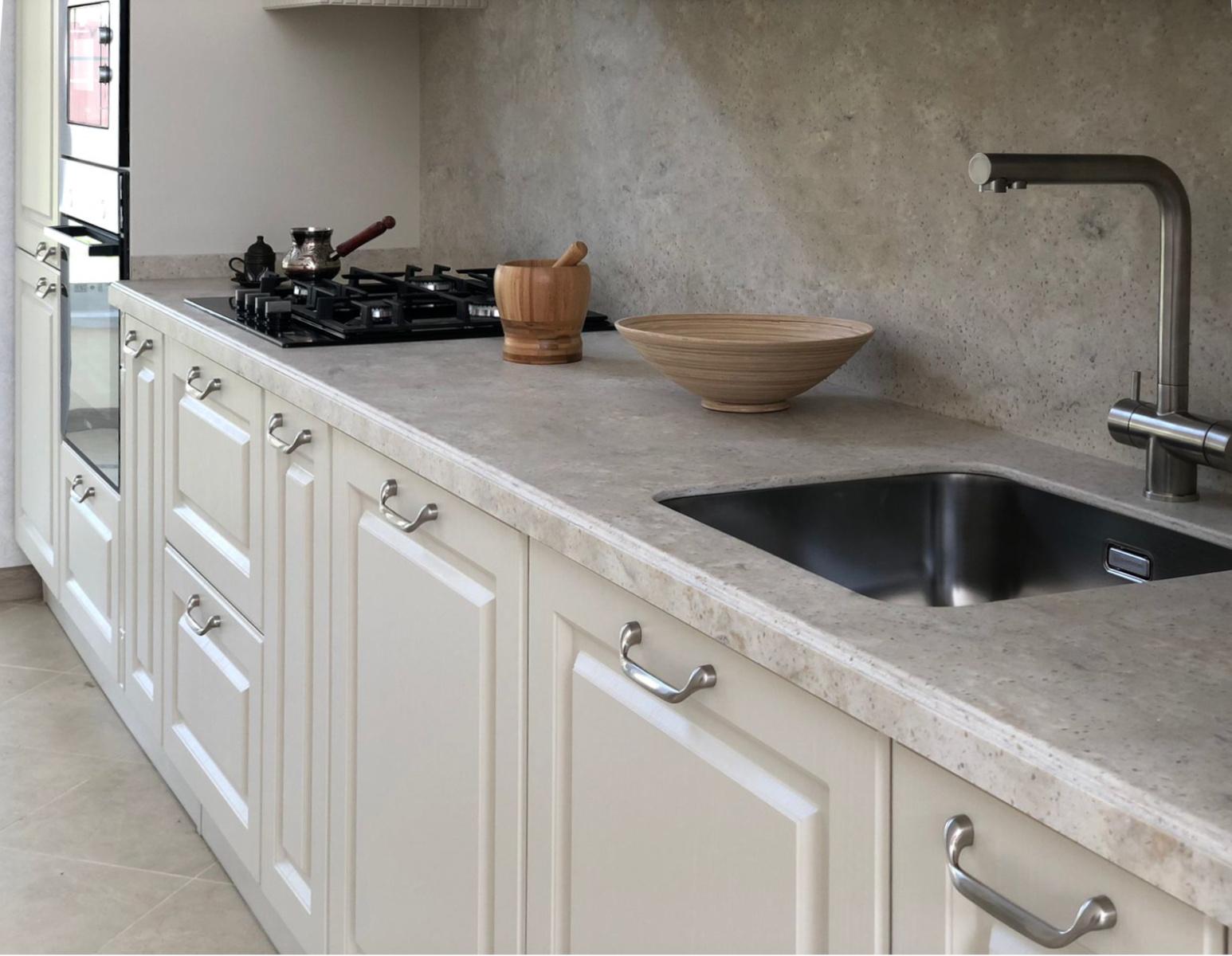
Culinary Spaces Redefined: Embracing Modern Gastronomy
The culinary world is ever-evolving, with new trends and innovations constantly redefining what we consider to be the ideal cooking and dining spaces. From the professional kitchens that craft gourmet cuisine to the cozy corners where we enjoy our meals; the modern culinary space is no longer just about the food, but also the experience it brings.
The Rise of Open Concept Kitchens
The traditional view of the kitchen as a secluded, utilitarian space is a thing of the past. Today, open concept kitchens blend seamlessly with living areas, promoting a more communal and interactive environment. As a result, cooking has become a part of the entertainment, with guests often engaging with hosts in meal preparation, blurring the line between chef and spectator.
Technology Integration in Modern Kitchens
Technology has taken center stage in modern culinary spaces, revolutionizing the way we cook, eat, and interact. Smart appliances that can be controlled via smartphones, precision cooking tools like sous vide machines, and interactive recipe platforms are just a few examples of how technology is enhancing our culinary experiences. These innovations not only make cooking more accessible and convenient but also inspire creativity in both amateur and professional cooks.
Sustainability and Conscious Cooking Spaces
As the world becomes more environmentally aware, sustainability has become a crucial aspect of kitchen design. Eco-friendly materials, energy-efficient appliances, and waste reduction systems are now integral components of a modern culinary space that prioritizes the health of the planet. This shift also emphasizes local and seasonal produce, supporting local communities and reducing carbon footprints.
Multi-Functional Spaces for Versatility
Today's culinary spaces are designed to be as versatile as the people using them. From kitchens that double as home offices or study zones to dining areas that can transform into impromptu meeting spaces, the functionality of these areas is expanding. Furniture and appliances are now designed to adapt to various uses, making the best use of space in urban environments where square footage comes at a premium.
Design Aesthetics that Feed the Senses
Design aesthetics in modern culinary spaces are not just about the visual appeal; they engage all the senses. Textured surfaces, ambient lighting, and ergonomic designs contribute to a sensory experience that enhances the act of cooking and dining. Beyond functionality, these spaces are crafted to evoke emotions and create memories, further cementing the kitchen's role as the heart of the home.
Conclusion: The Future of Culinary Spaces
The redefinition of culinary spaces is a testament to our changing relationship with food and cooking. As we continue to evolve, these spaces will further adapt to reflect our needs, tastes, and lifestyles. One thing remains certain: the kitchen will continue to be a place of innovation, comfort, and togetherness, serving as the centerpiece of our homes and our lives.